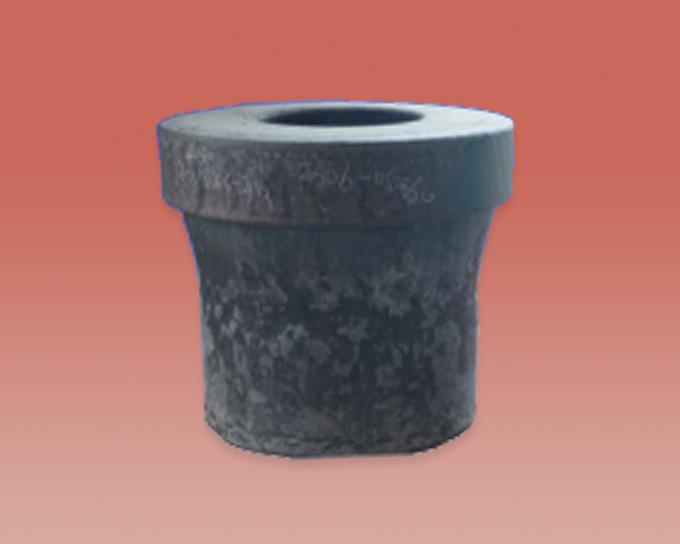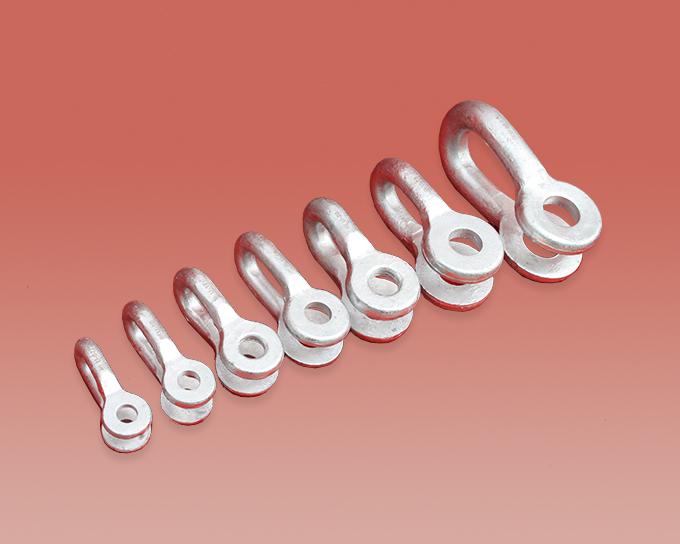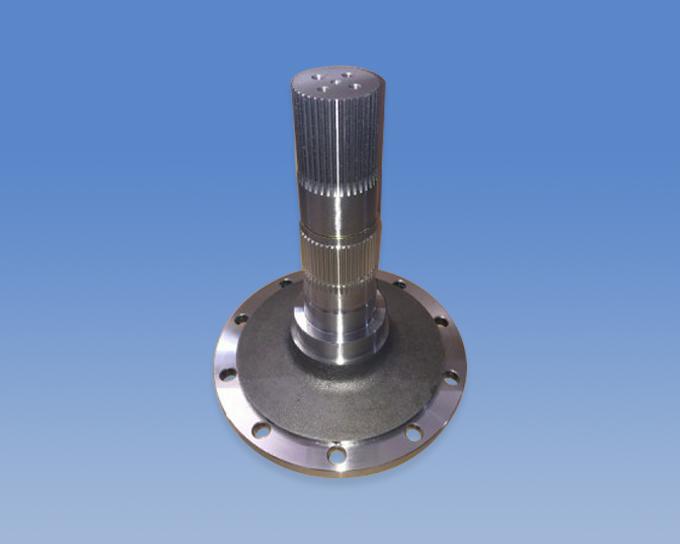
Supplier: Ninghai Jiangnan Aluminum Materials Co., Ltd
Location: Ningbo,Zhejiang
Supplier Rating by PINTUU: 83

Aluminium Forging Suppliers - Drum Contact Bracket
Aluminium
Electricity
Supplier: Nantong Zhuyue Forging Co., Ltd.
Location: Nantong,Jiangsu
Supplier Rating by PINTUU: 75

Closed Die Forging Companies -Forged Iron Closet Flange
Steel
Chemical industry
Supplier: Shaoxing Shangyu Hengfeng Manufacturing Co.,Ltd
Location: Shangyu,Zhejiang
Supplier Rating by PINTUU: 82

Custom Metal Forging Supplier -Bracket 1.6KG
Steel 21
Construction
Supplier: Suzhou KSC Precise Machinery Co.,Ltd
Location: Suzhou,Jiangsu
Supplier Rating by PINTUU: 88

Custom Steel Forgings Supplier -Forged Lever
Steel
Medical Equipment
Supplier: Suzhou Dongsheng Forging Co.,Ltd
Location: Suzhou,Jiangsu
Supplier Rating by PINTUU: 79

Hot Forging Manufacturers Ball Valve With Alloy Steel Heavy Forgings
Steel
Oil & gas
Supplier: Nanjing Liju Precision Forging Co.,Ltd
Location: Nanjing,Jiangsu
Supplier Rating by PINTUU: 85

Precision Metal Forging Manufacturer - Aircraft Accessories
Steel
Automotive
Supplier: Nanjing Liju Precision Forging Co.,Ltd
Location: Nanjing,Jiangsu
Supplier Rating by PINTUU: 85

Stainless Steel Forging Company -Braking Accessories
Steel
Automotive
Supplier: Wuxi Renjian Machining Co.,Ltd
Location: Wuxi,Jiangsu
Supplier Rating by PINTUU: 74

Steel Forging Company - Die Forged Industrial Large Sprockets
Steel
Construction
Supplier: Nantong Zhuyue Forging Co., Ltd.
Location: Nantong,Jiangsu
Supplier Rating by PINTUU: 75

Steel Forging Supplier -Ship Dedicated Shaft
Steel
Marine
Supplier: Ninghai Jiangnan Aluminum Materials Co., Ltd
Location: Ningbo,Zhejiang
Supplier Rating by PINTUU: 83

Aluminum Forging Companies - U shaped hanging bracket 6082 aluminium forging
Aluminium
Telecommunication
Supplier: XiaMen Xietongxing Co., Ltd.
Location: Xiamen,Fujian
Supplier Rating by PINTUU: 90

Copper Forgings Manufacturer - Middle Voltage Switch Head
Copper
Electricity
Supplier: Shaoxing Shangyu Hengfeng Manufacturing Co.,Ltd
Location: Shangyu,Zhejiang
Supplier Rating by PINTUU: 82

Forging Company -Valve body 1kg
Steel
Fluid Management
Supplier: Suzhou Dongsheng Forging Co.,Ltd
Location: Suzhou,Jiangsu
Supplier Rating by PINTUU: 79

Forging Manufacturer Body For Gate Valve Carbon Steel Alloy Steel Forging
Steel
Oil & gas
Supplier: Wuxi Renjian Machining Co.,Ltd
Location: Wuxi,Jiangsu
Supplier Rating by PINTUU: 74

Metal Forging Company Forging Manufacturer
Steel
Fluid Management
Supplier: Wuxi Renjian Machining Co.,Ltd
Location: Wuxi,Jiangsu
Supplier Rating by PINTUU: 74

Forging Supplier -Machined Sprockets Forging Carbon Steel
Steel
Construction
Forging, in metallurgy, is a process of shaping metal and increasing its strength by hammering (gravity, drop) or hydraulic or mechanical pressing, deforming workpiece to obtain forgings with certain mechanical properties, certain shapes and sizes. It is usually done while hot in order to reduce the required force and increase the metal’s plasticity.
By forging, metal loose and other defects during smelting could be eliminated and micro-structure could be optimized. And because of preservation of complete metal streamlined, forging mechanical properties are generally better than the same material in castings. Forging is mostly use in high load and severe working conditions.
After nearly 40 years of development, China's forging industry has made great progress. With an annual output of more than 11 million tons of functional forgings, Chinese forging parts take about 39% of the world's total forgings output.
China's forging industry is moving towards "precision, digitalization, efficiency, lightweight and low energy consumption" trend. With development and supply of forging equipment, simulation technology applications, information construction and technology development applications, especially precision forging technology have been made outstanding achievements. The trend of precision forging products is towards high quality, precision and complexity.
Among all China forging products, die forging products accounts for 78.8%, ring forging products accounts for 10.2%, free forging products accounts for 4.8%, cold forging products accounts for 4.3%, aluminum forging products accounts for 1.9%. And 73.7% of these products are used in automotive industry.
Since Chinese forgings went to the world 15 years ago, the export volume has increasing year by year. China's forging industry has established a complete forging chain. Its technical level and forging quality make it capable of participating in international competition. However, the biggest difference with the western forging industry is that the development of China forging companies is imbalance: China not only has first-class forging companies but also has very primitive forging plants, which results in challenge for buyers to select suitable forging manufacturers as their long term cooperative suppliers.
China's forging industry is developing rapidly but it also shows some shortages: the entire forging industry technology updates slowly; forging companies are mostly small and medium-sized companies, energy saving and environmental requirements are big challenges to them; expensive forging equipment; full competition but low profit margins. Especially, forging industry is one of the largest environmental pollution industries. In recent years, strong environmental protection measures have a great impact on some small and medium-sized forging companies than scale ones.
Introduction to Forging
Depending on the production tool, forging techniques can be divided into free forging, mold forging, ring forging and special forging.
Open die forging: open die forging is also known as free forging, the forging parts that use simple universal tools, apply external force directly to the workpiece between the upper and lower irons of the forging equipment so that the blanks are deformed and then obtain the required geometry and internal mass.
Closed die forging: also known as mold forging, it refers to workpiece in a certain shape of the forging chamber under pressure deformation to obtain forgings. Mold forging can be divided into hot mold forging, warm forging and cold forging. Warm forging and cold forging are the future development direction of die forging because the product is more precision.
Ring forging: refers to the production of ring parts of different diameters through special equipment ring machine, but it is also used to produce automotive wheels, train wheels and other wheel-shaped parts.
Special forging: including roll forging, wedge cross-rolling, radial forging, liquid forging and other forging methods, these are more suitable for the production of certain special shapes of parts. For example, roller forging can be used as an effective pre-forming process. It greatly reduces subsequent forming pressure. Cross wedge rolling could produce steel balls, transmission shafts and other parts while radial forging can produce large barrels, step shafts and other forgings.
If we classify forging by temperature, forging technology can be divided into hot forging, warm forging and cold forging.
The starting recrystallization temperature of steel is about 727 degrees C. But 800 degrees C is generally used as a dividing line. If the temperature is higher than 800 degrees C, it is hot forging; if it is between 300 to 800 degrees C, it is called warm forging or semi-hot forging; forging at room temperature is called cold forging. Most forgings applications are hot forging, warm forging and cold forging. And they are mainly used in automotive, general machinery and other industries since parts of these industries always have more precision requirement.
Forging materials mainly are various carbon steel and alloy steel, aluminum, magnesium, copper, titanium, iron-based high-temperature alloys, nickel-based high-temperature alloys, and cobalt-based high-temperature alloys.
Forging technology: The correct choice of forging ratio, reasonable heating temperature and insulation time, reasonable start-forging temperature and final forging temperature, reasonable deformation and deformation speed have a great relationship to improve product quality and cost reduction.
